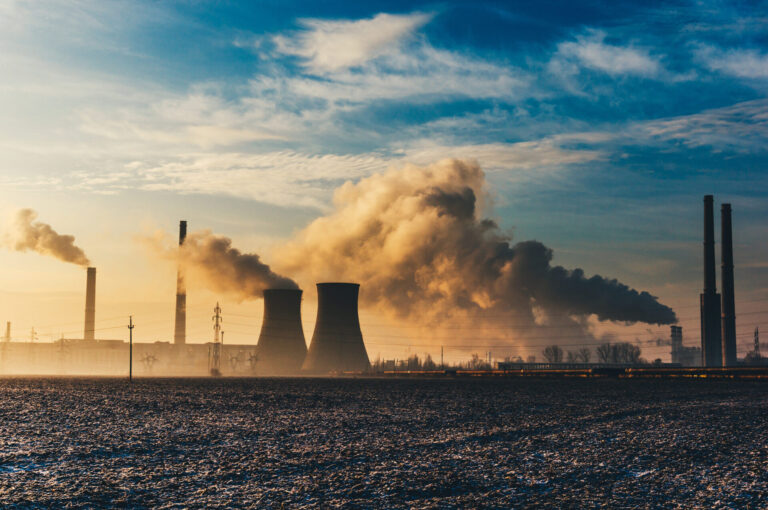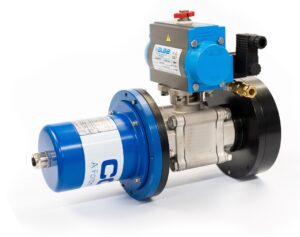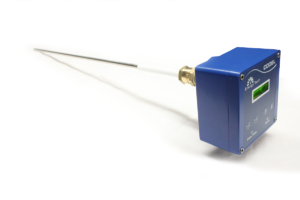Поддержка по всему миру
Over 25 distributors and support centres worldwide
Гибкие контракты на техническое обслуживание
Индивидуальные контракты для конкретного завода с круглосуточной поддержкой
30 years experience
Разработка, производство и установка
Continuous Emissions Monitoring Systems (CEMS) Legislation Across the Globe
In the global pursuit of environmental preservation and sustainable practices, the regulation and monitoring of emissions play a pivotal role. Continuous Emissions Monitoring Systems Systems (CEMS) serve as the watchdogs, offering real-time data crucial for assessing and curbing harmful emissions. Various countries have enacted legislation addressing CEMS to safeguard their environments and populace.
European Union
The European Union has adopted directives such as the Industrial Emissions Directive (IED), formerly known as the Integrated Pollution Prevention and Control (IPPC) Directive. The IED aims to minimize pollutant emissions from industrial installations by imposing emission limit values and requiring the use of Best Available Techniques (BAT). It sets standards for monitoring and reporting emissions, promoting uniformity across EU member states.
United States
The Clean Air Act (CAA) Amendments, overseen by the Environmental Protection Agency (EPA), form the cornerstone of emissions regulation in the United States. Title V of the CAA mandates the monitoring and reporting of emissions from major stationary sources. The EPA specifies rigorous requirements for Continuous Emissions Monitoring Systems for various pollutants emitted by industries, powerplants, and other facilities.
Австралия
Australia administers emissions monitoring through the National Greenhouse and Energy Reporting (NGER) scheme. This scheme requires large facilities to accurately report their greenhouse gas emissions, energy production, and energy consumption. By promoting transparency and accountability, the NGER scheme contributes to the overall reduction of emissions and encourages energy efficiency.
South America
South American countries have been prioritizing environmental legislation, including continuous emissions monitoring (CEM) to combat air pollution. Legislation varies by country, but many follow global standards, mandating CEM in industries like energy and manufacturing. In Brazil, the CONAMA Resolution 382/2006 outlines guidelines for CEM installation and operation. Chile’s environmental regulations also emphasize CEM implementation for key pollutants. Argentina’s Environmental Secretariat oversees emissions monitoring standards. In Colombia, the country’s Ministry of Environment and Sustainable Development oversees these regulations, which includes Resolution 909 of 2008, which establishes emission limits for various industries.
Центральная Азия
In Central Asia, countries like Kazakhstan and Uzbekistan are progressively focusing on environmental legislation for continuous emissions monitoring (CEM) to curb air pollution. Kazakhstan’s environmental laws, including the Environmental Code, address emissions monitoring and control measures. Similarly, Uzbekistan has regulations under the Law on Atmospheric Air Protection. Both nations are increasingly adopting CEM systems in industries to track pollutants like Sulfur Dioxide (SO2), Nitrogen Oxides (NOx), and particulate matter (PM) through using Best Available Techniques.
Великобритания
Post-Brexit, the UK has retained and reinforced its commitment to environmental protection. The Environmental Permitting Regulations in the UK mandate industries to install CEMS to monitor emissions continually. With a strong emphasis on reducing carbon emissions, the UK aims to utilize CEMS to drive sustainable practices and achieve environmental targets
India
In India, the Central Pollution Control Board (CPCB) enforces regulations related to Continuous Emission Monitoring Systems (CEMS). The CEMS framework aims to monitor emissions from various industries, especially those emitting pollutants like SO2, NOx, and PM. The government mandates the installation of CEMS in industries falling under specified categories, which includes power plants, pulp and paper, iron and steel production, cement plants and others, to ensure compliance with emission standards.

Far East
Continuous Emissions Monitoring (CEM) legislation across Far East Asian countries like Vietnam, Malaysia, and Indonesia varies, reflecting efforts to address environmental concerns. In Vietnam, environmental laws mandate CEM systems in industries, ensuring compliance with emission standards. Malaysia emphasizes the Environmental Quality Act, requiring continuous monitoring to control pollutants in various sectors. Similarly, Indonesia enforces regulations stipulated in Government Regulation No. 41/1999, compelling industries to install CEM systems for real-time emissions tracking.
China
China, facing significant environmental challenges due to rapid industrialization, has implemented Continuous Emission Monitoring Systems (CEMS) for key industries. These regulations mandate real-time monitoring of emissions such as sulphur dioxide (SO2), nitrogen oxides (NOx), particulate matter (PM), and volatile organic compounds (VOCs) from industrial sources. The government emphasizes compliance and has penalties for non-compliance.
Across different continents and economies, the regulatory approaches toward Continuous Emissions Monitoring Systems (CEMS) demonstrate a commitment to mitigating environmental impacts stemming from industrial activities. These regulations set standards for monitoring, reporting, and controlling emissions, contributing to global efforts to combat climate change and preserve the environment. Continuous advancements in technology and greater compliance with these regulations will further enhance the efficacy of CEMS, paving the way for a more sustainable future.
The DCEM2100 dust monitor provides a continuous measurement of opacity or dust concentration in flue gases by continuously measuring the transmissivity of visible light across a process duct or stack.
The EnergyTech 301 is a low cost dust monitor using well-proven tribo electric technology providing accurate and rapid results. The EnergyTech 301 requires no critical alignment and has no optical surfaces to keep clean.



